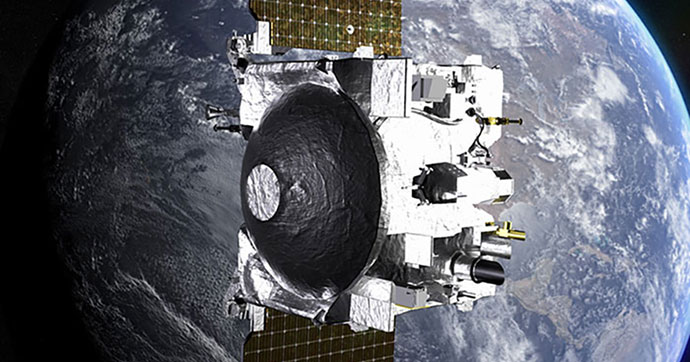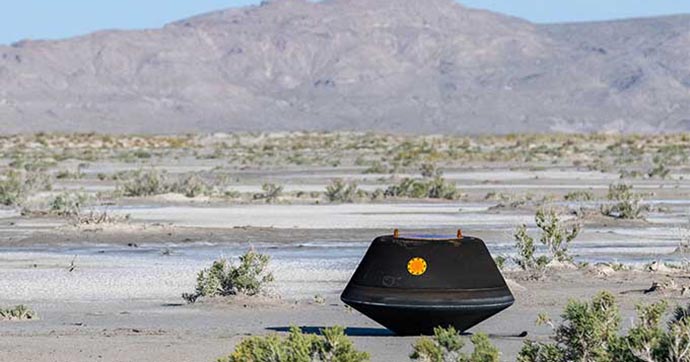Science satellites
Canada is renowned for the quality of its instruments on science satellites. Some of these satellites improve our understanding of the origin, formation, structure, and evolution of celestial bodies and the universe. Others make it possible to study the physics and effects of various phenomena, such as the impact of solar flares on Earth's magnetic field.
What's new?
The various science satellites
Active Canadian satellites
CASSIOPE

Characteristics: Canadian satellite, active
Launched on , CASSIOPE observes the phenomena of space weather. It was integrated into the European Space Agency's Swarm constellation. The onboard ePOP probe observes Earth's ionosphere. The satellite and probe are owned by the company MDA. The European Space Agency now funds operations, but the satellite is operated by the University of Calgary.
ePOP has eight instruments that collect data on:
- the impact of solar storms
- their effects on radio communications, satellite navigation, and other space- and ground-based technologies
NEOSSat

Characteristics: Canadian satellite, active
Launched on , NEOSSat is the first satellite used to detect asteroids and satellites close to Earth. It is a collaboration between Defence Research and Development Canada and the CSA. NEOSSat scans space in search of:
- satellites
- space debris
- near-Earth asteroids and comets
It also collects data on planets orbiting distant stars.
Canadian satellites in development
QEYSSat
Characteristics: Canadian satellite, in development
The objective of the Canadian QEYSSat mission is to demonstrate quantum key distribution in space. This technology creates virtually unbreakable encryption codes.
It will be used for:
- online banking
- smartphones
- computers
- cloud computing
International satellites to which Canada has contributed
OSIRIS-REx
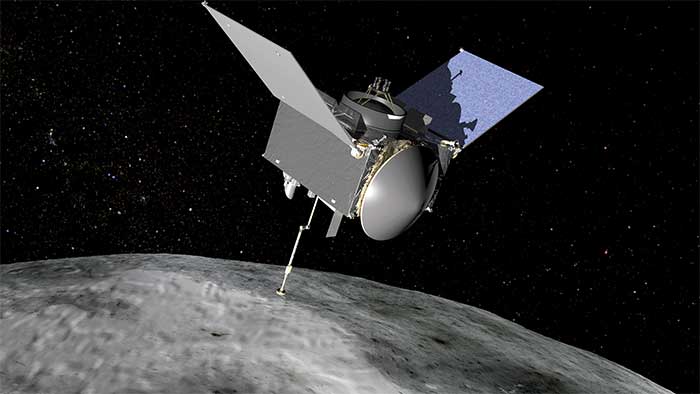
Characteristics: Canadian elements, active
Launched on , NASA's OSIRIS-REx marks Canada's first participation in a sample-return mission. The Canadian lidar was used to scan the asteroid Bennu's surface to create 3D maps in order to select the sample site.
The mission objectives are to:
- map the asteroid
- document the sample site
- determine the characteristics of the asteroid's orbit
- compare observations with those made using telescopes
- collect and analyze a sample from Bennu
Proba-2

Characteristics: Canadian elements, active
The European Space Agency's Proba-2 microsatellite was launched on . The satellite is used to:
- observe the Sun
- study space weather phenomena
Swarm

Characteristics: Canadian instrument and elements, active
Launched on , the European Space Agency's Swarm mission is a constellation of Earth observation satellites. When it was launched, it comprised three identical satellites, but since , the CASSIOPE satellite has been part of the mission. The Swarm mission measures the magnetic fields generated by various elements of Earth:
- core
- mantle
- crust
- oceans
- ionosphere
- magnetosphere
THEMIS/ARTEMIS

Characteristics: Canadian elements, active
Launched on , THEMIS is a constellation of five NASA satellites whose objective is to gain a better understanding of what causes aurora. In , two of the satellites were taken to create the ARTEMIS mission and moved elsewhere in space to study the same phenomena near the Moon. Specialists compare satellite data with data collected by ground stations in the Arctic Circle.
In order to study aurora, the satellites are equipped with:
- electric detectors
- magnetic detectors
- particle detectors
Inactive Canadian instruments and satellites
Alouette I and II
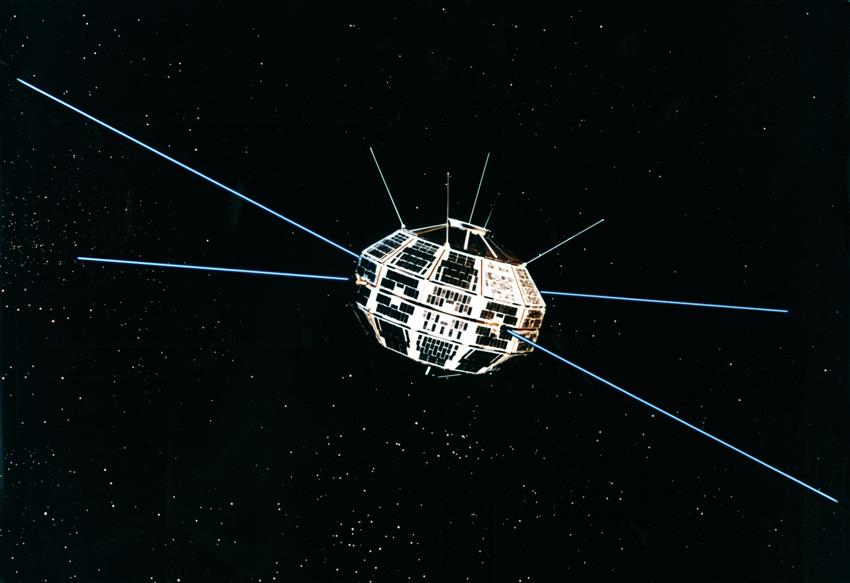
Characteristics: Canadian satellites, inactive
These science satellites for monitoring the ionosphere from space were launched in and . Thus, Canada became the first country, after the Soviet Union and the United States, to design, build, and put into orbit an artificial satellite.
These spacecraft were very reliable thanks to brand new technologies:
- the transistor
- the solar cell
Herschel

Characteristics: Canadian elements, inactive
The European Space Agency's space observatory was launched on . It made over 35,000 observations and logged more than 25,000 hours of studying the universe. It had three instruments:
- the Heterodyne Instrument for the Far Infrared (HIFI)
- the Spectral and Photometric Imaging Receiver (SPIRE)
- the Photometric Array Camera and Spectrometer (PACS)
ISIS I and II
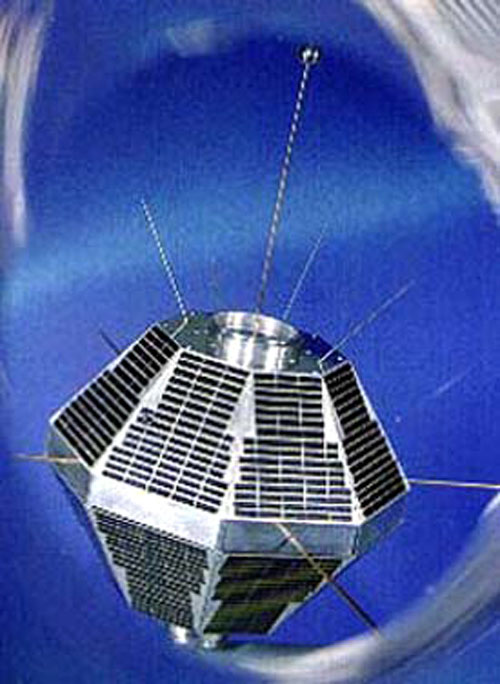
Characteristics: Canadian satellites, inactive
Launched in and , Canada's ISIS satellites were used to study the ionosphere and the aurora borealis. The satellites had:
- a set of direct measurement experiments
- a tape recorder to store data

